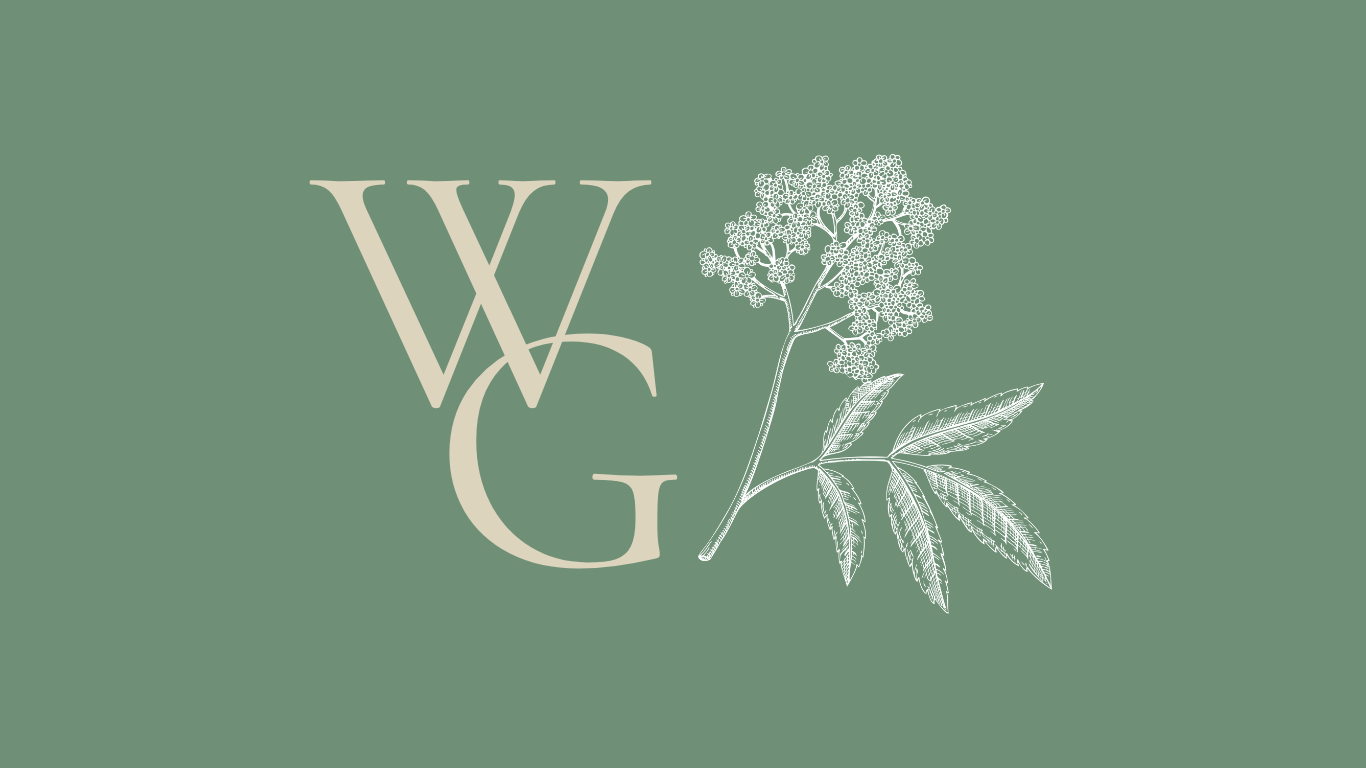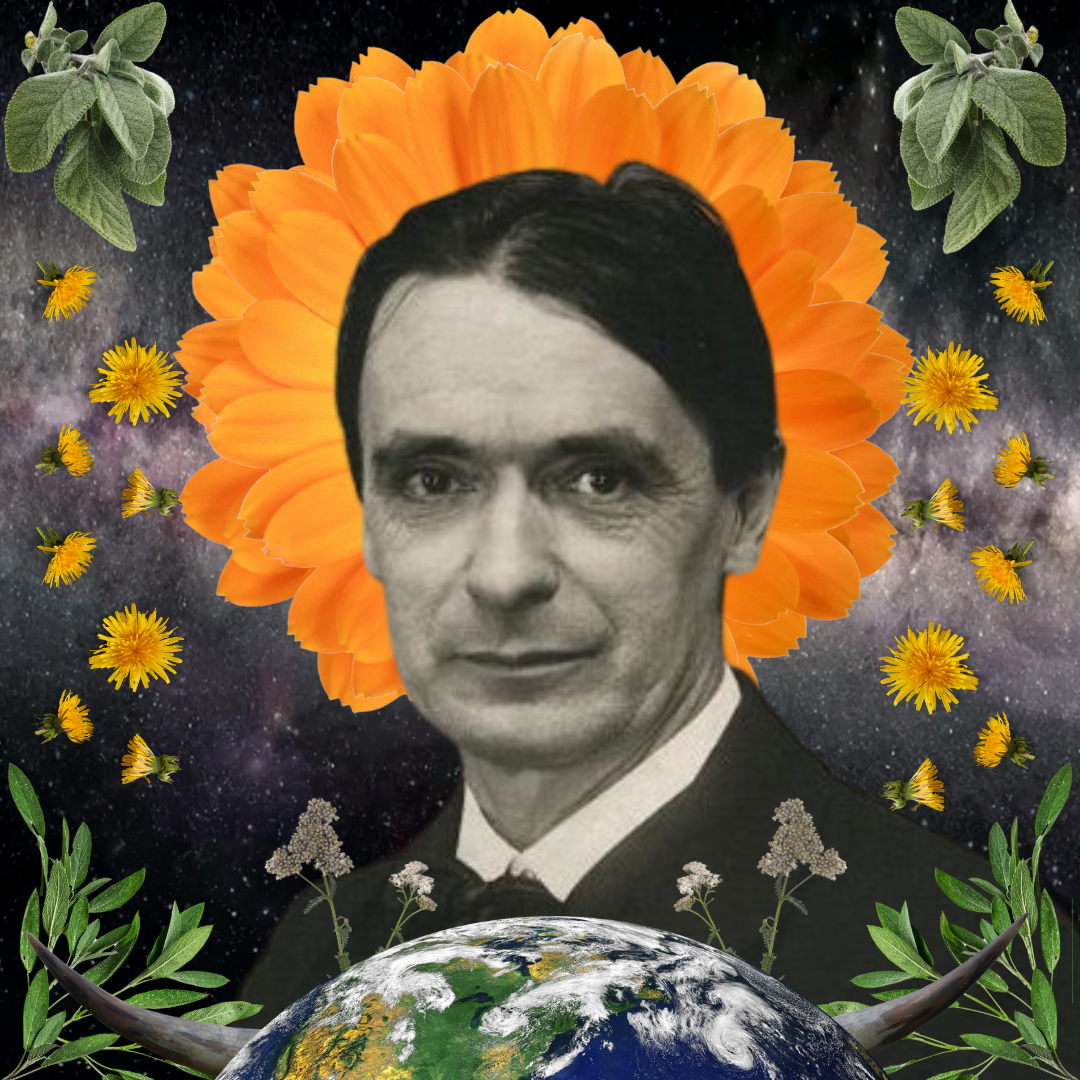Rudolf Steiner and the Spiritual Foundations of Biodynamic Gardening
“The plant world is a reflection of the spiritual forces working from the cosmos into the Earth.”
—Rudolf Steiner
Rudolf Steiner, philosopher, scientist, and founder of anthroposophy, articulated one of the earliest holistic frameworks for ecological farming. His 1924 lectures on agriculture established the foundation for biodynamics, a system that integrates soil science, cosmic rhythms, and spiritual ecology. Steiner’s vision continues to influence regenerative agriculture and land-based spirituality worldwide.
Rudolf Steiner (1861–1925) was an Austrian philosopher, educator, and mystic. His work spanned a wide range of fields, including pedagogy (Waldorf education), medicine (anthroposophical medicine), architecture (the Goetheanum), and the arts (eurythmy). In the final year of his life, responding to concerns about declining soil fertility and crop vitality, Steiner delivered the Agriculture Course in Koberwitz, Silesia. These eight lectures became the basis of biodynamic agriculture, one of the first coherent systems of ecological farming in the modern West.
Steiner’s thought was grounded in anthroposophy, his spiritual philosophy that sought to unite science, art, and religion into a holistic vision of human and cosmic life. In agriculture, this meant recognizing farms and gardens as living organisms connected to wider ecological and spiritual forces.
Steiner’s agricultural philosophy introduced concepts that remain central to biodynamic practice.
The farm as an organism: a self-sustaining entity with interdependent parts.
Cosmic rhythms: planting and harvesting in alignment with lunar and planetary cycles.
Preparations: herbal and mineral substances used to vitalize compost and soil.
Elemental balance: integration of earth, water, air, and fire in cultivation.
Moral responsibility: agriculture as an ethical act of participation in Earth’s healing.
Steiner’s work influenced the trajectory of ecological farming by situating agriculture within a spiritual and cultural framework. His insistence that soil is alive and responsive anticipated later advances in soil microbiology, while his biodynamic methods inspired movements that integrate ritual, observation, and ecological science.
Steiner challenged the separation of material and spiritual life. By framing the farm as both organism and community, he invited farmers to see themselves as co-creators with cosmic and earthly forces. This perspective reorients agriculture from extraction to reverence, presenting cultivation as an act of both nourishment and devotion.
Rudolf Steiner’s vision of biodynamic agriculture endures as a synthesis of science, spirit, and cultural renewal. His teachings remind us that tending the land is not only a practical task but also a spiritual responsibility. In cultivating soil, we participate in rhythms larger than ourselves, entering into dialogue with Earth and cosmos alike.
Resources & Further Reading
Biodynamic Association: biodynamics.com
Goetheanum: goetheanum.org

